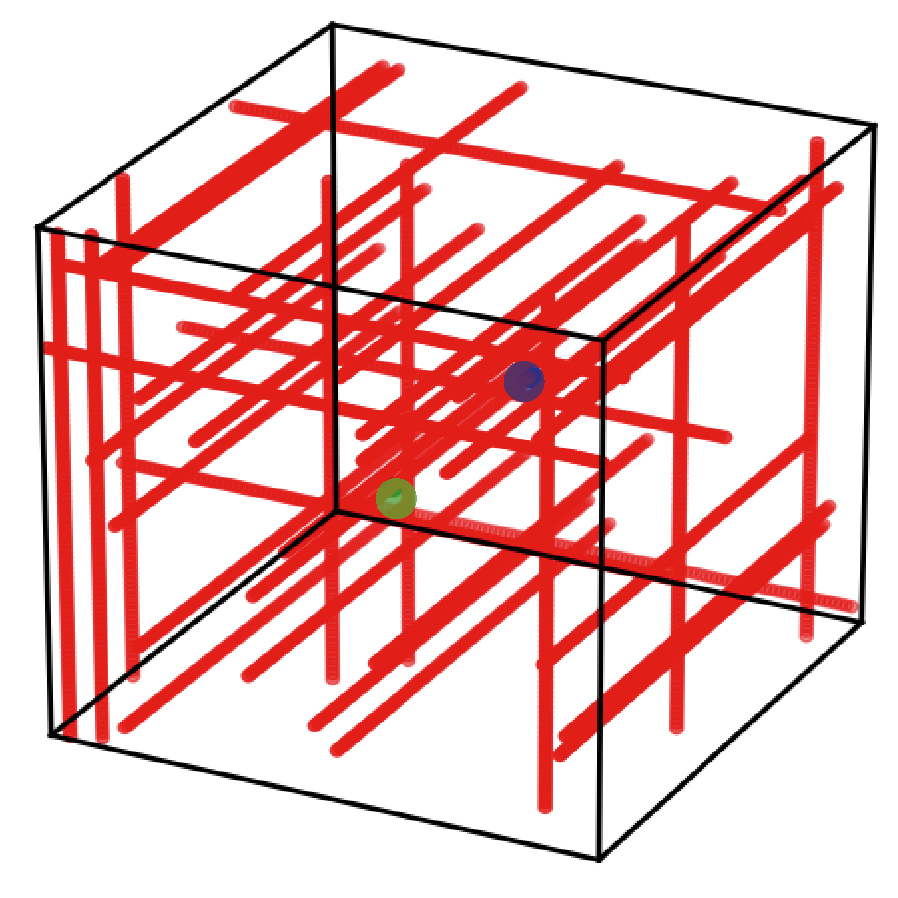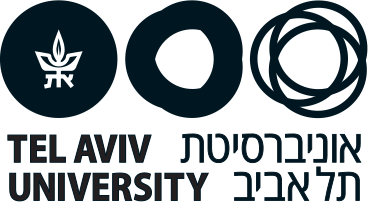 [source] The extracellular matrix (ECM) is a complex and highly dynamic fibrous environment that serves as the scaffold of cells in living tissues. The ECM is an anisotropic structure that is continuously remodeled by cells, which apply mechanical forces on the fibers to generate long-range inter-cellular interactions. We propose a mechanism for biochemical-mechanical signaling feedback based on the fact that as the ECM is remodeled, molecular transport is affected.
[source] The extracellular matrix (ECM) is a complex and highly dynamic fibrous environment that serves as the scaffold of cells in living tissues. The ECM is an anisotropic structure that is continuously remodeled by cells, which apply mechanical forces on the fibers to generate long-range inter-cellular interactions. We propose a mechanism for biochemical-mechanical signaling feedback based on the fact that as the ECM is remodeled, molecular transport is affected.
Inspired by experimental observations of ECM remodeling, we implemented a computational lattice approach of target finding in fibrous environments that mimics ECM reshaping by modulating the anisotropy and density of fibers. We numerically demonstrated by analyzing the mean-first passage time that as the density of fibers aligned along a preferred direction increases, elongated narrow channels emerge, changing the dynamics from three dimensional to a more efficient quasi-one-dimensional process. We showed that the structure of such channels modulates the characteristic time scales of the distribution by looking at the entire first-passage time distribution. We developed an exactly solvable model for channels with simple rectangular geometries. Changing the aspect ratio captures the complex structures of the channels that naturally emerge in our lattice system.
Mechanical interaction between cells facilitates molecular transport
D. Gomez, S. Natan, Y. Shokef, and A. Lesman
Advanced Biosystems 3, 1900192 (2019)
Target finding in fibrous biological environments
D. Gomez, E. Teomy, A. Lesman, and Y. Shokef
Preprint arXiv:2006.03248
